All about Goldtop color:
The Gibson guitar in “Goldtop” color has been manufactured in different models and series over the years. However, one of the most emblematic models with Goldtop finish is the Gibson Les Paul Standard.
Production of the Gibson Les Paul Standard with Goldtop finish began in 1952 and continued until 1958. During this period, Les Paul Standards featured a maple top in Goldtop finish and mahogany body. These guitars are highly valued by collectors and vintage guitar aficionados.
After 1958, Gibson stopped producing Les Paul Standard with Goldtop finish and started using other finishes such as Sunburst. However, in subsequent years, Gibson has released reissues and Goldtop versions of the Les Paul Standard, including limited production models.
During these years there may be differences in the color shades of the Goldtop finish of Gibson Les Pauls manufactured during these years. This is due to several factors, such as the manufacturing process, the materials used and the natural aging of the guitar.
Differences between Aged goldtop and goldtop:
During the early years of production of Les Paul Standard guitars with Goldtop finish (1952-1958), there were variations in color tone due to differences in the application of the varnish and the selection of the maple used in the top. Some Goldtop guitars had a lighter and brighter tone, while others could be more dark and tan or have a yellowish hue (aged).
In addition, the passage of time, exposure to light and other environmental factors can affect the tone of the Goldtop finish on a vintage guitar. Many Gibson Les Paul Standards made in that era have acquired a wear and aging pattern known as “crazing” that can affect the appearance of the original color.
It is important to note that, in modern reissues and current Goldtop versions, Gibson has tried to replicate the tones and characteristics of the original 1950s models. However, there may always be slight variations in color due to different manufacturing processes and the effects of artificial aging.
This GoldTop replicates the color with a less vintage and brighter look, which refers to the last years when Gibson mainly used it on their guitars.
#mynitorlack
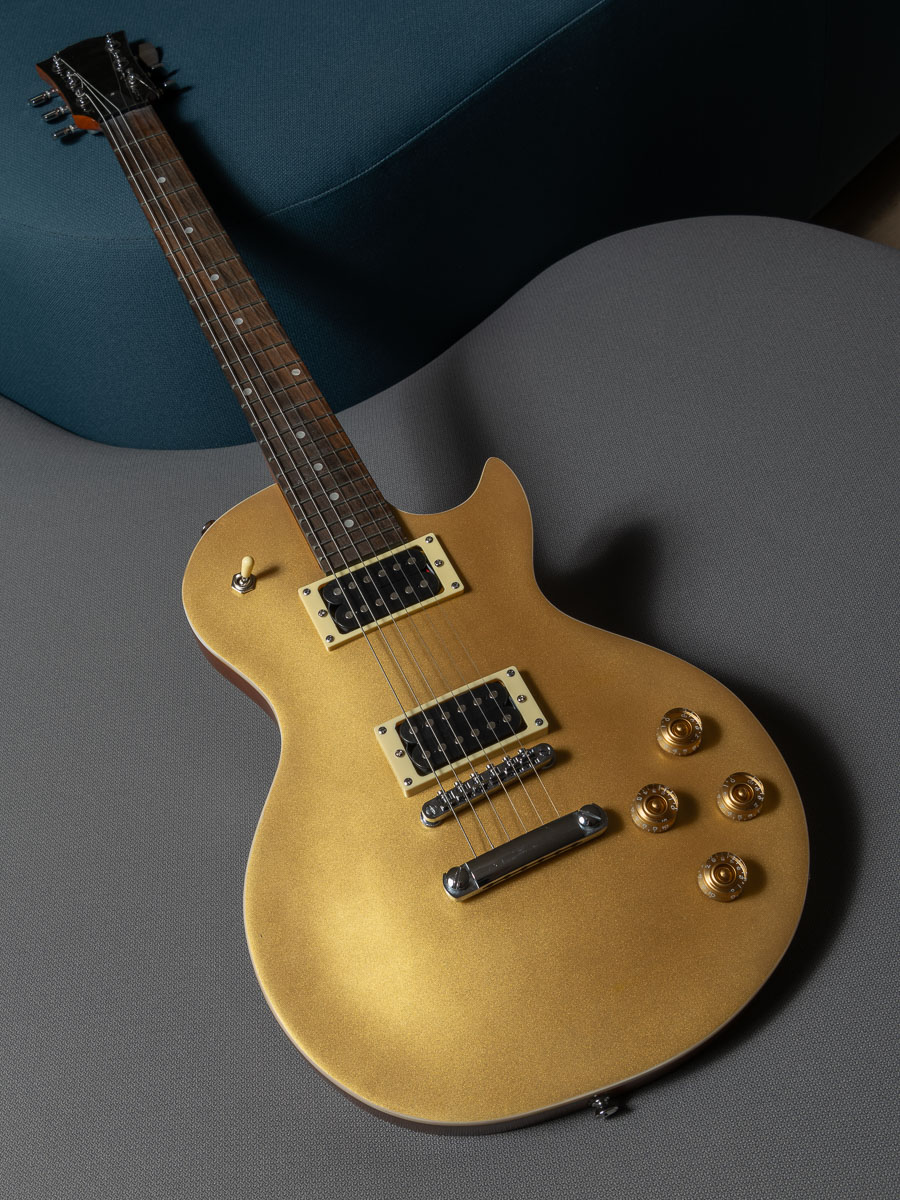
With the guarantee of Valresa Coatings SA

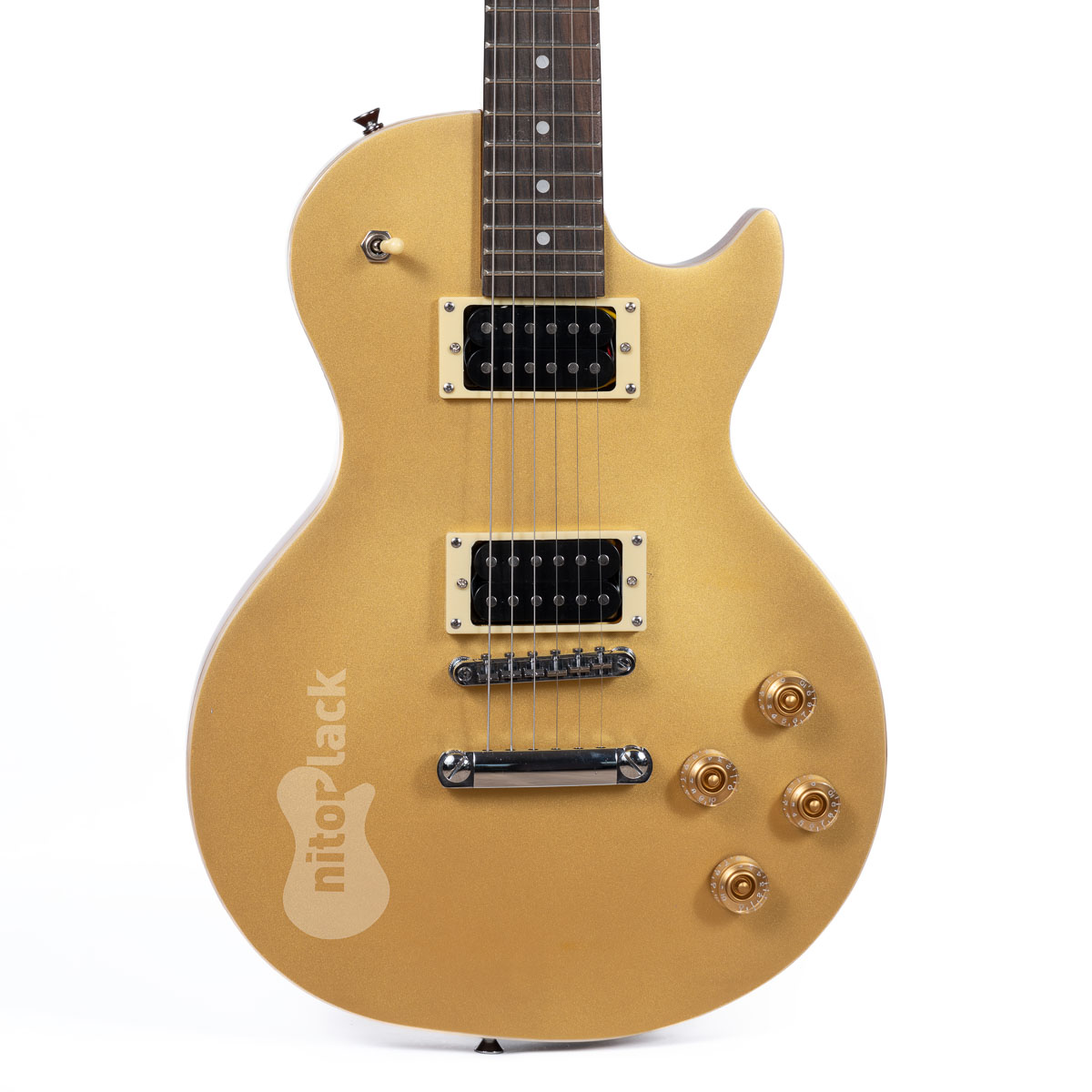
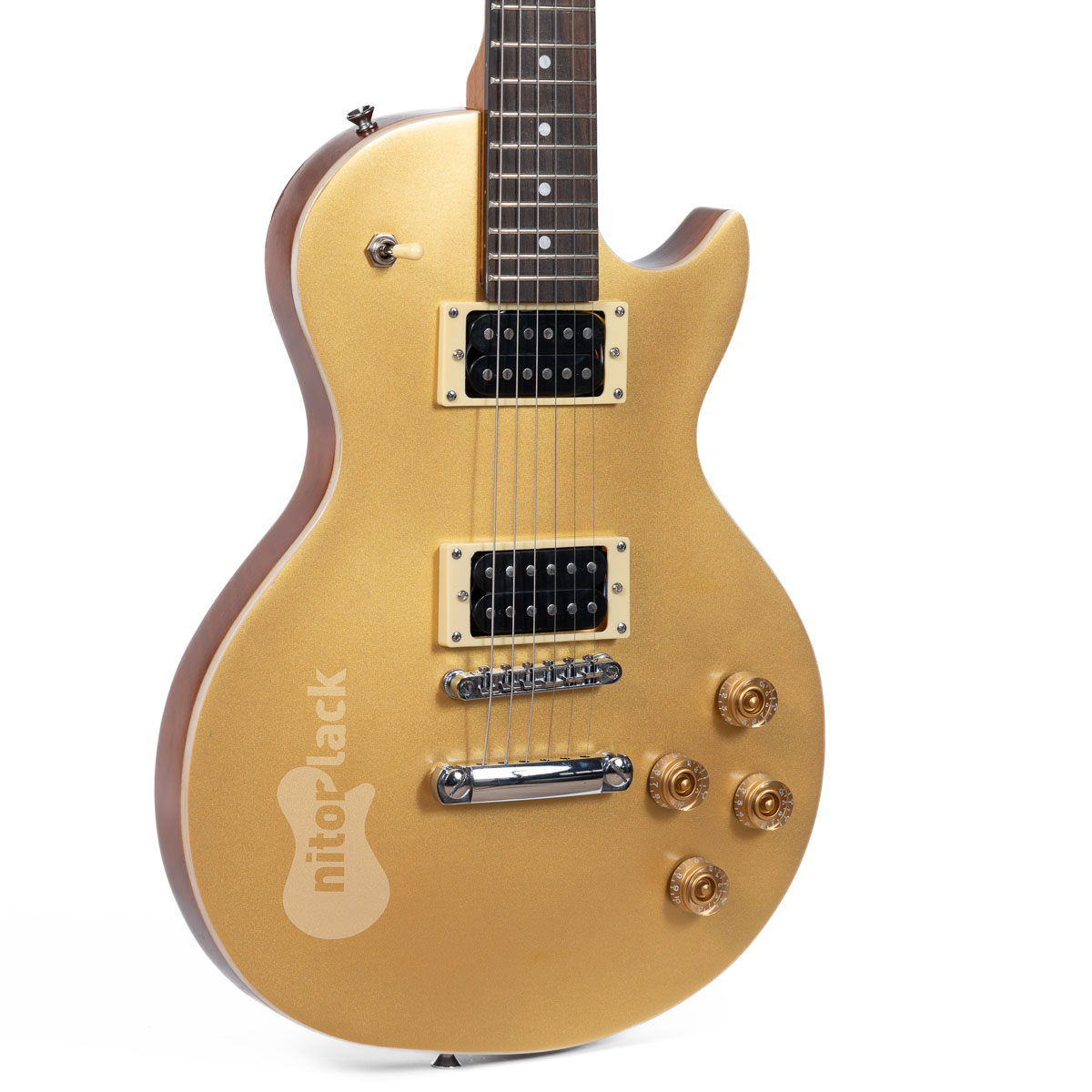
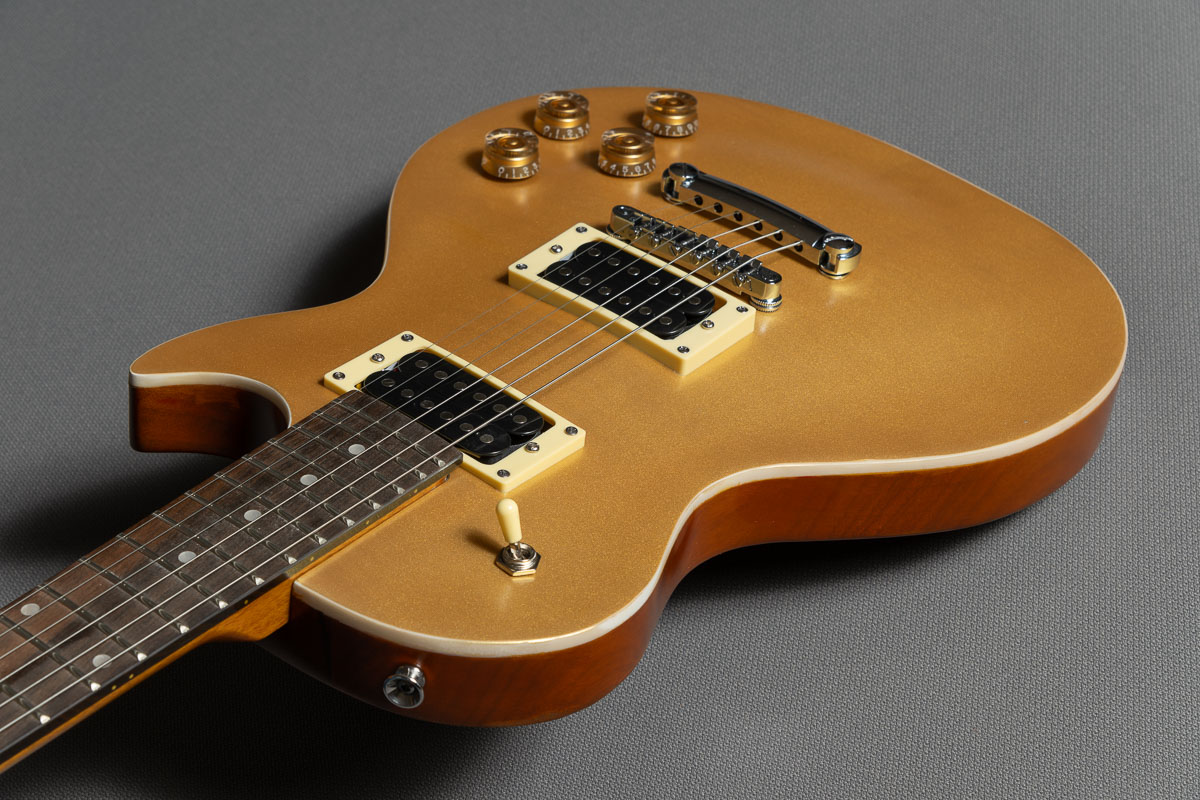
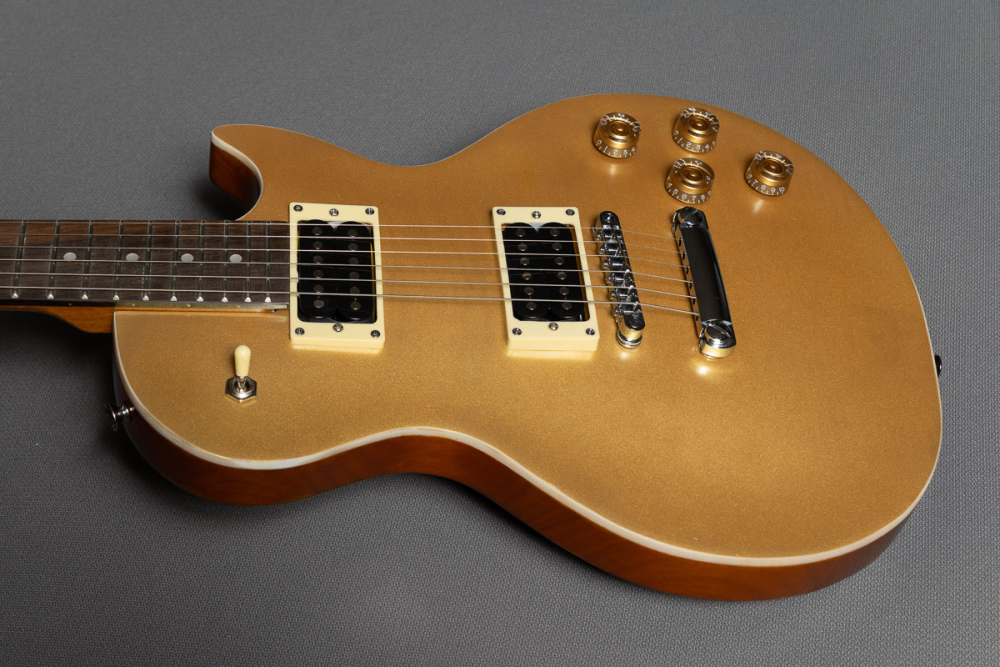
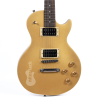
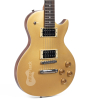
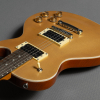
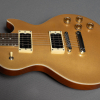
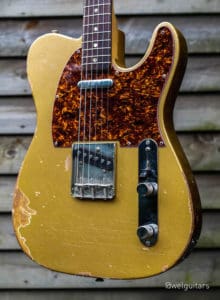
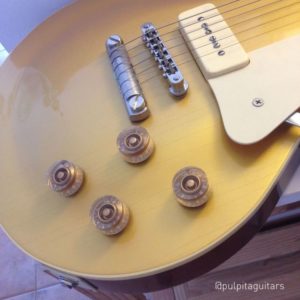
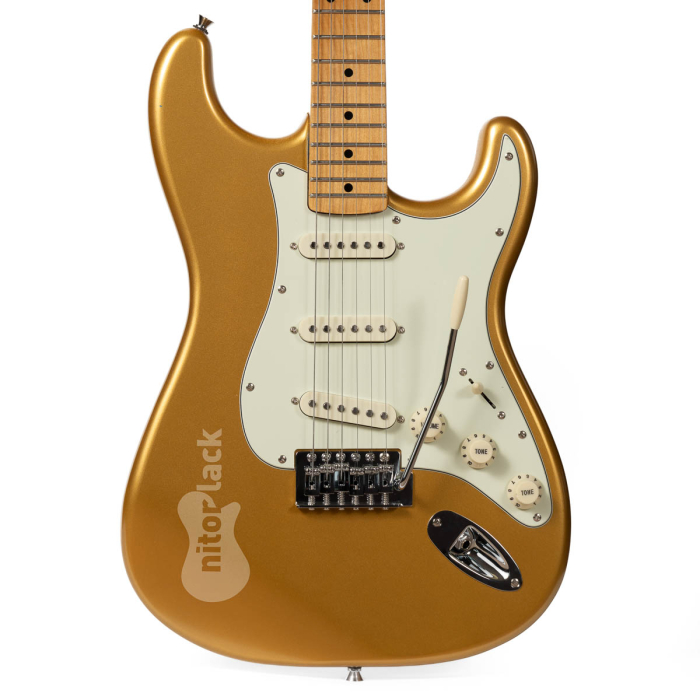
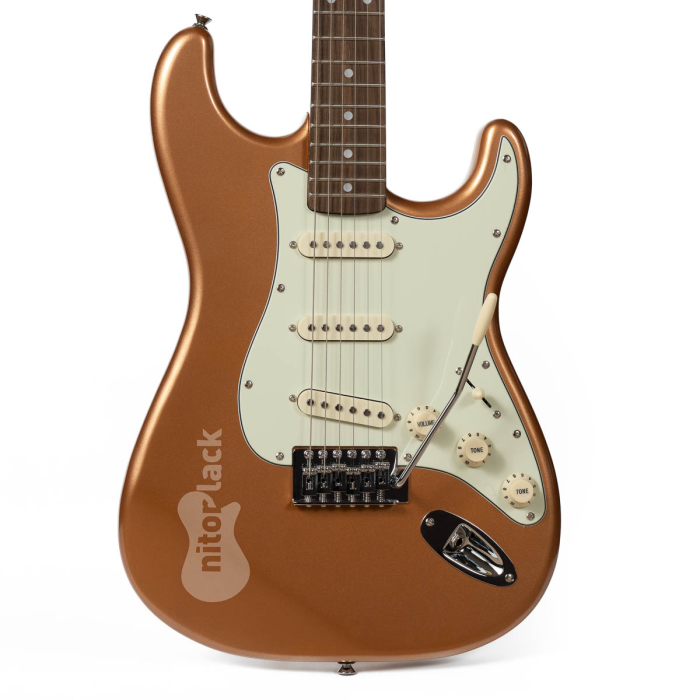
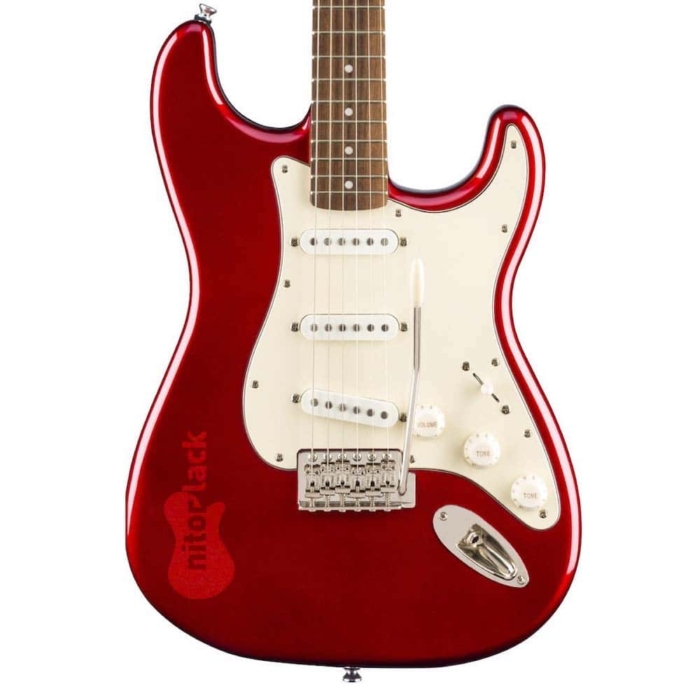
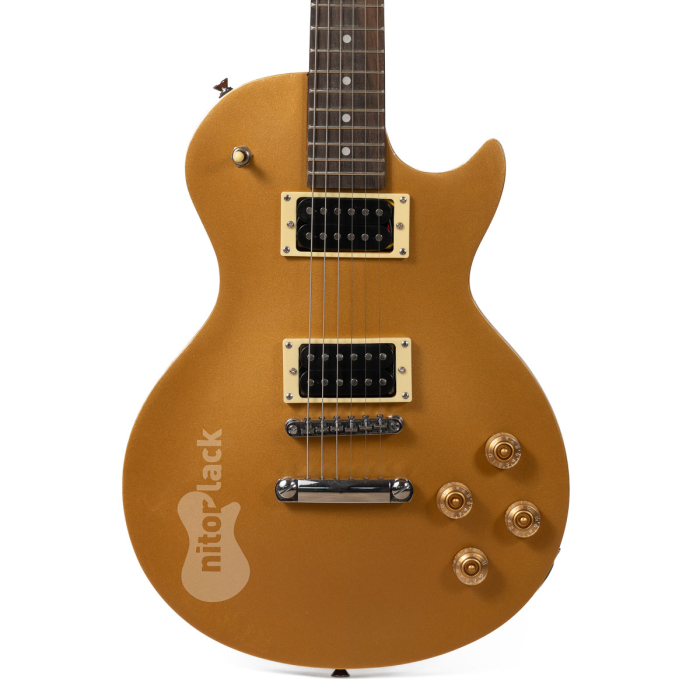
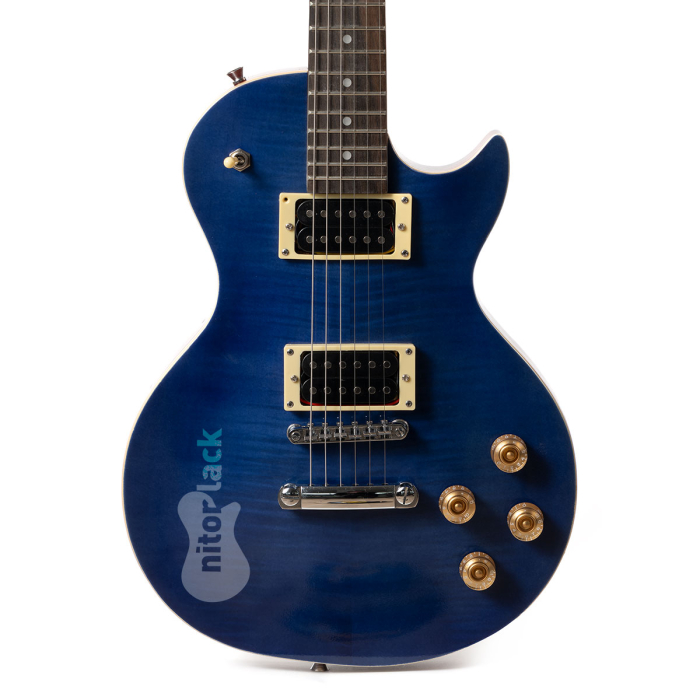
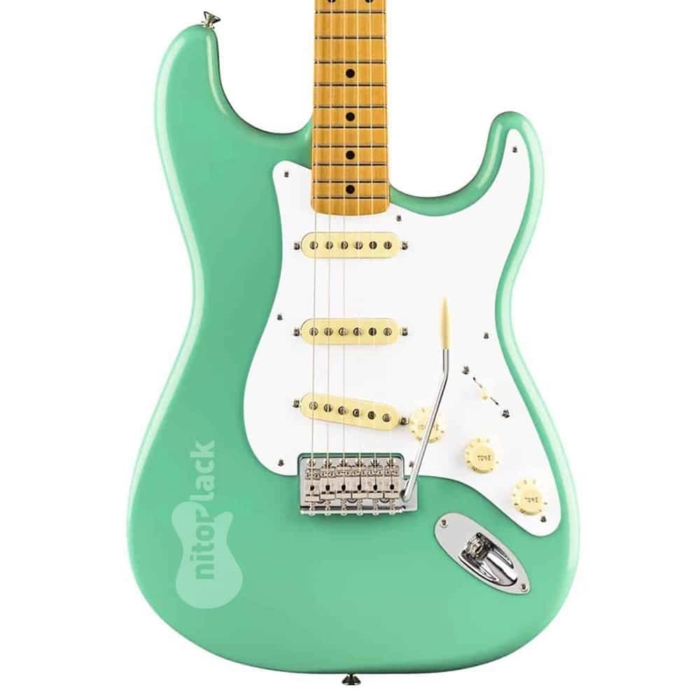
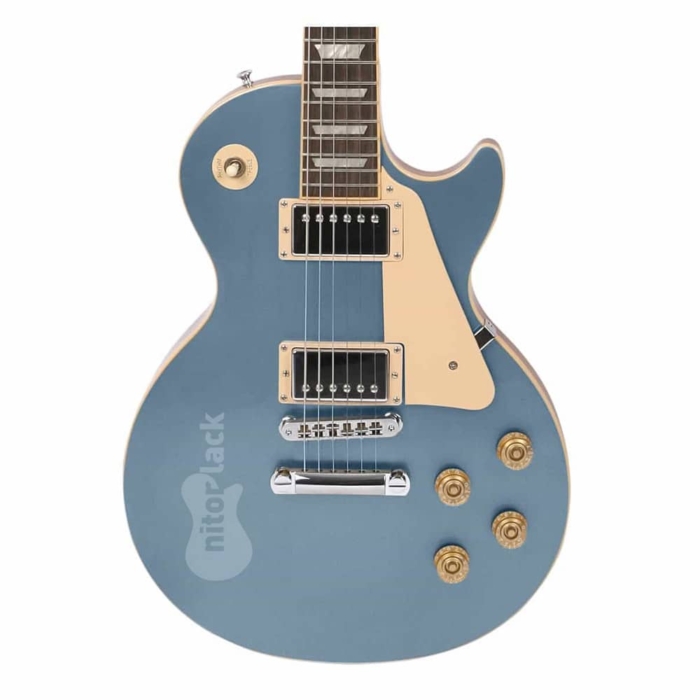
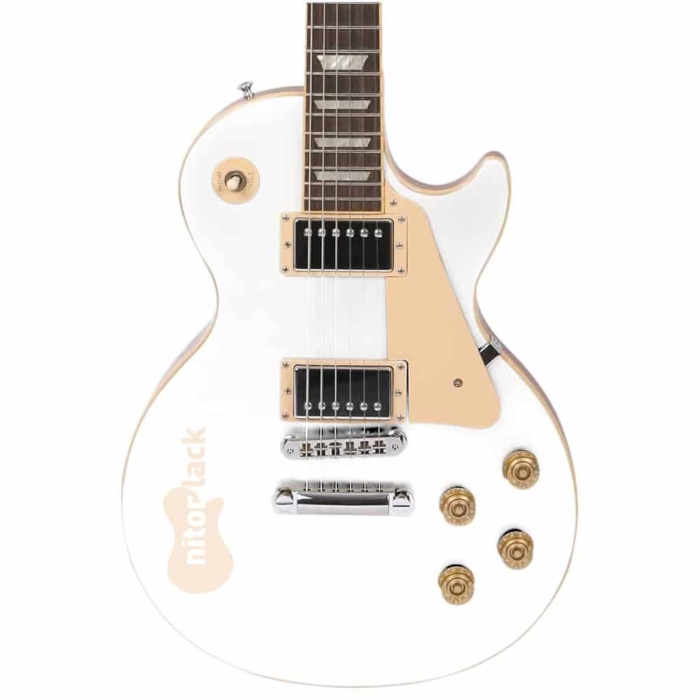
Luís Miguel Mouriño Pérez (verified owner) –
John Walden (verified owner) –
Pierre Guitarservice ApS – Dubre (verified owner) –
Excelent..! best product ever.. 🙂
Dejan (verified owner) –
Davide (verified owner) –
JOAO GODINHO (verified owner) –
Andreas Karlsson (verified owner) –
Raul Alexandre MESQUITA DUARTE ALVES (verified owner) –
Vidas (verified owner) –
Jean-luc M. (verified owner) –
Didn’t use it yet
Orazio Andreello (verified owner) –
Laurent R. (verified owner) –
Andrea P. (verified owner) –
Thomas Devantier (verified owner) –